-
 Bitcoin
Bitcoin $118300
-0.58% -
 Ethereum
Ethereum $3825
0.11% -
 XRP
XRP $3.137
-0.71% -
 Tether USDt
Tether USDt $0.9999
-0.01% -
 BNB
BNB $803.9
-3.37% -
 Solana
Solana $181.5
-1.94% -
 USDC
USDC $0.9999
0.01% -
 Dogecoin
Dogecoin $0.2238
-2.51% -
 TRON
TRON $0.3358
2.12% -
 Cardano
Cardano $0.7844
-2.16% -
 Hyperliquid
Hyperliquid $43.31
-1.48% -
 Sui
Sui $3.807
-4.04% -
 Stellar
Stellar $0.4203
-1.96% -
 Chainlink
Chainlink $17.79
-3.00% -
 Bitcoin Cash
Bitcoin Cash $567.8
-1.34% -
 Hedera
Hedera $0.2614
-4.30% -
 Avalanche
Avalanche $24.19
-4.46% -
 Litecoin
Litecoin $109.2
-0.74% -
 UNUS SED LEO
UNUS SED LEO $8.969
-0.01% -
 Toncoin
Toncoin $3.404
3.97% -
 Ethena USDe
Ethena USDe $1.001
-0.01% -
 Shiba Inu
Shiba Inu $0.00001307
-3.19% -
 Uniswap
Uniswap $10.33
-1.23% -
 Polkadot
Polkadot $3.884
-4.06% -
 Monero
Monero $312.9
-1.87% -
 Dai
Dai $1.000
0.01% -
 Bitget Token
Bitget Token $4.537
-2.24% -
 Pepe
Pepe $0.00001156
-3.40% -
 Cronos
Cronos $0.1437
-0.89% -
 Aave
Aave $282.8
-2.77%
Should I go all in when the MFI fund flow turns to long?
When the MFI fund flow turns long—rising above 50—it signals increasing buying pressure, but always confirm with price action and volume before entering a trade.
Jul 29, 2025 at 04:35 am
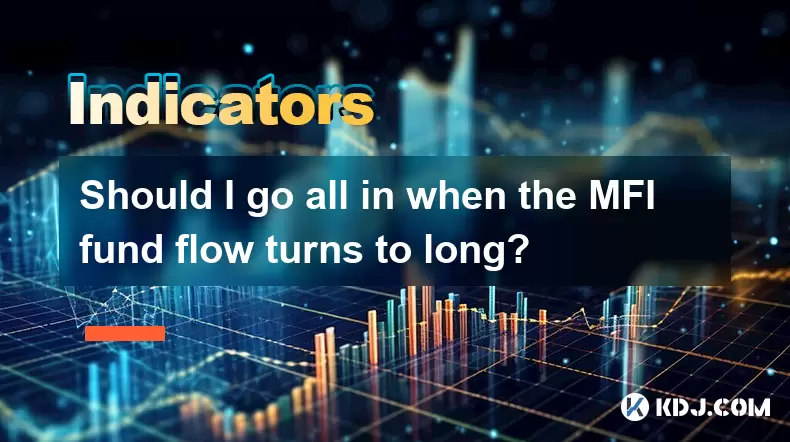
Understanding the MFI Indicator in Cryptocurrency Trading
The Money Flow Index (MFI) is a momentum oscillator that measures the flow of money into and out of a cryptocurrency asset over a specified period, typically 14 days. It combines price and volume data to assess buying and selling pressure. The MFI ranges from 0 to 100, with readings above 80 considered overbought and below 20 deemed oversold. When the MFI crosses above 50, it often signals a shift toward bullish momentum, which traders may interpret as a potential long signal.
In cryptocurrency markets, where volatility is high and trends can reverse quickly, the MFI helps traders identify possible reversals or continuations. A transition from neutral or bearish to long MFI fund flow suggests increasing buying volume and positive sentiment. However, this signal alone does not guarantee price appreciation. It is essential to contextualize the MFI shift with other technical indicators and market conditions before making trading decisions.
What Does “MFI Fund Flow Turns to Long” Actually Mean?
When traders say the MFI fund flow turns to long, they typically mean that the MFI value has risen above a key threshold—commonly above 50—indicating that positive money flow is dominating. This shift implies that more capital is entering the asset than exiting it, often driven by increased buyer demand.
- The positive money flow is calculated by summing the typical price (average of high, low, and close) multiplied by volume on up days.
- The negative money flow is derived similarly on down days.
- The MFI formula then divides positive by negative flow and applies a scaling function to fit the 0–100 range.
A crossover above 50 suggests that recent trading activity favors buyers. However, a single crossover does not confirm a sustained trend. Confirmation may require the MFI to remain elevated over several periods and align with price action showing higher highs or breakout patterns.
Why “Going All In” Is a High-Risk Strategy
Choosing to go all in—allocating 100% of your trading capital to a single position—when the MFI turns long exposes you to extreme risk. Cryptocurrency markets are prone to sudden reversals, manipulation, and false signals. Even if the MFI indicates strong buying pressure, other factors such as macroeconomic news, exchange outages, or whale movements can invalidate the signal.
- A long MFI signal may occur during a bull trap, where prices rise briefly before collapsing.
- Leverage, if used, amplifies both gains and losses; going all in with leverage can result in complete liquidation.
- Diversification protects against single-asset failure; concentrating all funds eliminates this safeguard.
Risk management principles suggest that no single trade should exceed a small percentage of total capital—often recommended between 1% to 5%. This approach allows traders to survive losing trades and remain active in the market over time.
How to Responsibly Act on a Long MFI Signal
Instead of going all in, consider a structured, step-by-step approach to capitalize on a long MFI signal while minimizing exposure.
- Confirm with price action: Ensure the price is breaking out of a consolidation zone or making higher lows. A long MFI without price confirmation is unreliable.
- Use additional indicators: Pair MFI with tools like Relative Strength Index (RSI), moving averages, or volume profile to strengthen the signal.
- Set entry and exit levels: Define a precise entry point just above a recent resistance level and place a stop-loss below support.
- Scale in gradually: Allocate a portion of capital—say 25%—on the initial signal, then add more if the trend strengthens.
- Monitor for divergence: Watch for bearish MFI divergence, where price makes new highs but MFI fails to, signaling weakening momentum.
For example, if Bitcoin’s MFI moves above 50 and the price breaks $65,000 with rising volume, enter a partial position. If the price holds above that level for 24 hours and MFI stays above 60, consider adding more.
Backtesting the MFI Long Signal in Crypto Markets
Before acting on any indicator, it’s critical to test its effectiveness in historical market conditions. Backtesting the MFI long signal involves applying the strategy to past data to evaluate its performance.
- Select a cryptocurrency pair, such as ETH/USDT, and gather at least one year of hourly data.
- Identify all instances where MFI crossed above 50 after being below it.
- Record the price change over the next 6, 12, and 24 hours following each signal.
- Calculate win rate, average gain, and maximum drawdown for each period.
- Adjust parameters—such as using a 10-period MFI instead of 14—if needed to improve results.
Many traders use platforms like TradingView or Python with libraries such as Pandas and TA-Lib to automate this process. For instance, in Python:
import pandas as pd
import taLoad historical data
data = pd.read_csv('eth_usdt_1h.csv')
data['mfi'] = ta.volume.MFIIndicator(data['high'], data['low'], data['close'], data['volume'], window=14).money_flow_index()
Generate long signal
data['long_signal'] = (data['mfi'] > 50) & (data['mfi'].shift(1) <= 50)
Calculate returns after signal
data['return_12h'] = data['close'].shift(-12) / data['close'] - 1
profitable_trades = data[data['long_signal'] & (data['return_12h'] > 0)]
win_rate = len(profitable_trades) / len(data[data['long_signal']])
This helps quantify whether the MFI long signal has historically led to profitable outcomes.
Psychological and Emotional Factors in Trading Decisions
Even with a valid MFI long signal, emotional bias can distort decision-making. The fear of missing out (FOMO) often drives traders to go all in after seeing rapid price increases. This impulse overrides rational risk assessment.
- Maintain a trading journal to document every decision, including the rationale and emotional state.
- Predefine rules for position sizing and stick to them regardless of market excitement.
- Avoid checking prices excessively; set alerts instead to reduce emotional interference.
- Recognize that no indicator is infallible—accepting losses as part of the process is crucial.
Discipline and consistency matter more than any single trade. Reacting emotionally to an MFI shift can lead to significant losses, especially during volatile crypto market swings.
Frequently Asked Questions
Can the MFI give false long signals in low-volume markets?
Yes, in low-volume conditions, the MFI can generate misleading signals. Thin trading can cause sharp price moves on minimal volume, inflating the money flow calculation. Always check volume levels alongside MFI; a long signal with declining volume is less reliable.
Should I use MFI differently on different timeframes?
Absolutely. On shorter timeframes like 15-minute charts, MFI can be noisy and generate frequent signals. Use tighter thresholds—such as requiring MFI to stay above 55 for at least two periods. On daily charts, a simple crossover above 50 may suffice due to stronger signal reliability.
Is MFI more effective for certain cryptocurrencies?
MFI tends to work better for high-market-cap, liquid assets like Bitcoin and Ethereum. Low-cap altcoins with irregular volume patterns can produce erratic MFI readings. Always assess the asset’s trading activity before relying on MFI.
How do I combine MFI with support and resistance levels?
Wait for the MFI to turn long near a key support level. For example, if Bitcoin finds support at $60,000 and MFI crosses above 50, the confluence increases the signal’s strength. Avoid acting on MFI signals at resistance levels unless accompanied by strong breakout volume.
Disclaimer:info@kdj.com
The information provided is not trading advice. kdj.com does not assume any responsibility for any investments made based on the information provided in this article. Cryptocurrencies are highly volatile and it is highly recommended that you invest with caution after thorough research!
If you believe that the content used on this website infringes your copyright, please contact us immediately (info@kdj.com) and we will delete it promptly.
- PENGU Price Plunge? Binance Transfers and Token Transfer Trends
- 2025-07-30 23:10:15
- Navigating Crypto Investment: Bitcoin Mining and the Rise of Cloud Mining in the Big Apple
- 2025-07-30 22:31:15
- Meme Coins, Profit, and Investment: Riding the Crypto Wave in Style
- 2025-07-30 23:10:15
- LivLive's Gamified AR Launch Phase: Level Up Your Reality!
- 2025-07-30 22:31:15
- Bitcoin, Crypto, and the Golden Age: Navigating the Future of Digital Assets
- 2025-07-31 00:10:14
- JPMorgan, Coinbase, and Crypto Access: A New Era for Digital Finance?
- 2025-07-30 22:50:13
Related knowledge
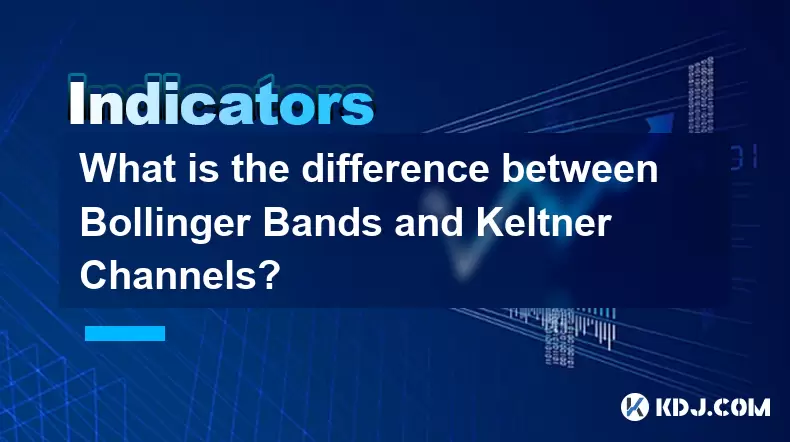
What is the difference between Bollinger Bands and Keltner Channels?
Jul 30,2025 at 11:30pm
Understanding Bollinger Bands and Their Core ComponentsBollinger Bands are a widely used technical analysis tool developed by John Bollinger in the 19...
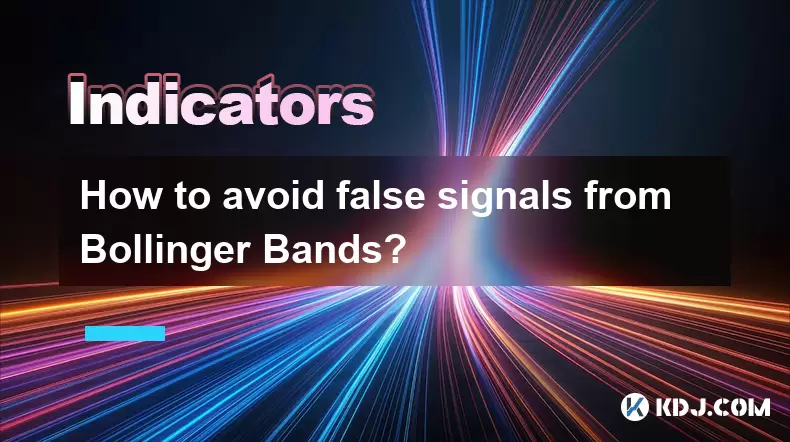
How to avoid false signals from Bollinger Bands?
Jul 30,2025 at 11:42pm
Understanding Bollinger Bands and Their Core ComponentsBollinger Bands are a widely used technical analysis tool developed by John Bollinger in the 19...
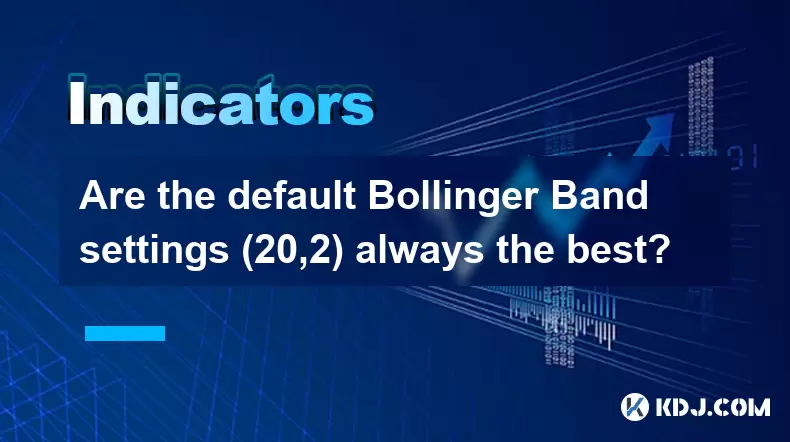
Are the default Bollinger Band settings (20,2) always the best?
Jul 30,2025 at 11:36pm
Understanding the Standard Bollinger Band ConfigurationThe default Bollinger Band settings of (20,2) are widely used across the cryptocurrency trading...

What is a head fake in Bollinger Bands?
Jul 30,2025 at 09:44pm
Understanding Bollinger Bands and Their StructureBollinger Bands are a widely used technical analysis tool developed by John Bollinger in the 1980s. T...
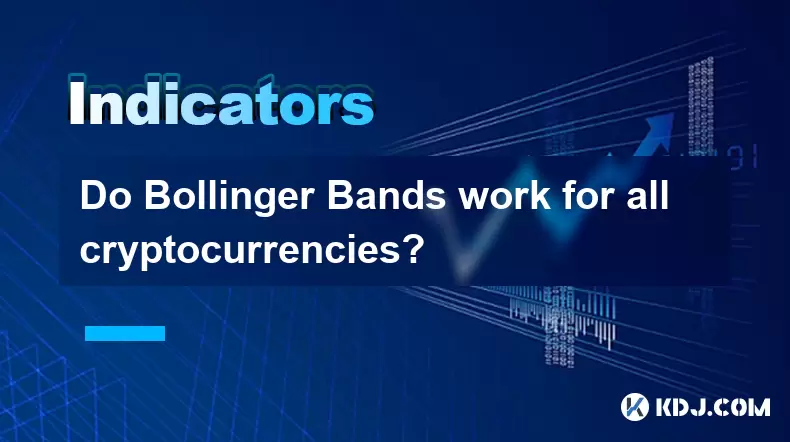
Do Bollinger Bands work for all cryptocurrencies?
Jul 30,2025 at 09:30pm
Understanding Bollinger Bands in Cryptocurrency TradingBollinger Bands are a widely used technical analysis tool developed by John Bollinger in the 19...
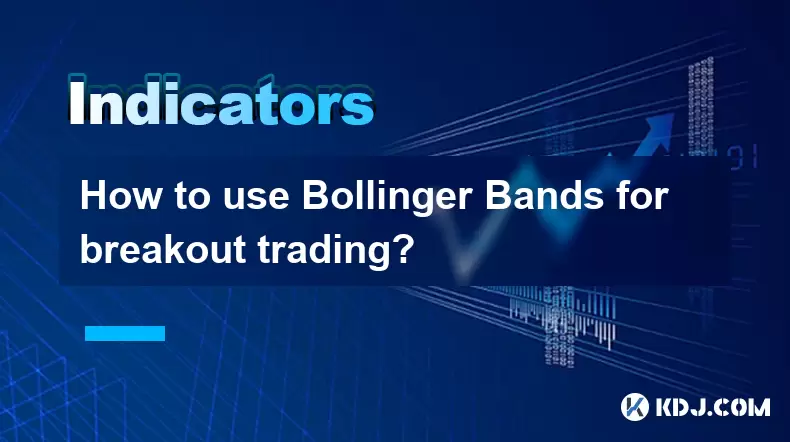
How to use Bollinger Bands for breakout trading?
Jul 30,2025 at 10:27pm
Understanding Bollinger Bands and Their ComponentsBollinger Bands are a widely used technical analysis tool developed by John Bollinger in the 1980s. ...

What is the difference between Bollinger Bands and Keltner Channels?
Jul 30,2025 at 11:30pm
Understanding Bollinger Bands and Their Core ComponentsBollinger Bands are a widely used technical analysis tool developed by John Bollinger in the 19...

How to avoid false signals from Bollinger Bands?
Jul 30,2025 at 11:42pm
Understanding Bollinger Bands and Their Core ComponentsBollinger Bands are a widely used technical analysis tool developed by John Bollinger in the 19...

Are the default Bollinger Band settings (20,2) always the best?
Jul 30,2025 at 11:36pm
Understanding the Standard Bollinger Band ConfigurationThe default Bollinger Band settings of (20,2) are widely used across the cryptocurrency trading...

What is a head fake in Bollinger Bands?
Jul 30,2025 at 09:44pm
Understanding Bollinger Bands and Their StructureBollinger Bands are a widely used technical analysis tool developed by John Bollinger in the 1980s. T...

Do Bollinger Bands work for all cryptocurrencies?
Jul 30,2025 at 09:30pm
Understanding Bollinger Bands in Cryptocurrency TradingBollinger Bands are a widely used technical analysis tool developed by John Bollinger in the 19...

How to use Bollinger Bands for breakout trading?
Jul 30,2025 at 10:27pm
Understanding Bollinger Bands and Their ComponentsBollinger Bands are a widely used technical analysis tool developed by John Bollinger in the 1980s. ...
See all articles

























































































